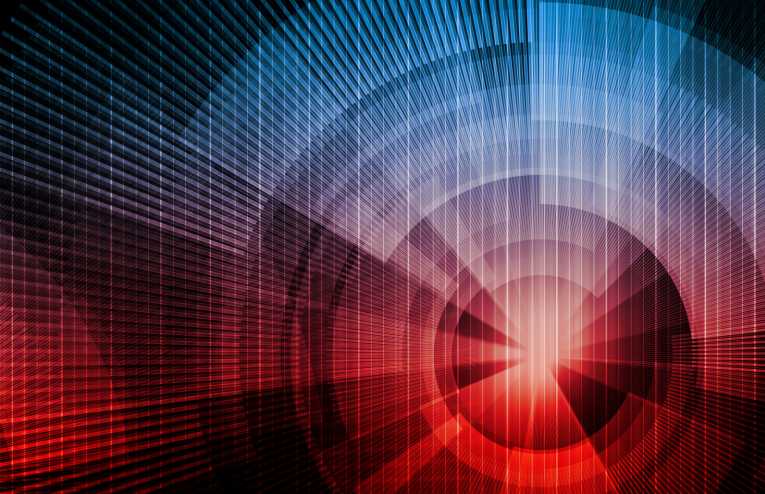That's because, not only does Ni45Co5Mn40Sn10 have the property of absorbing heat and generating electricity - it can switch back and forth between phases in an unusually efficient manner. So says this latest research, just published in the new material science journal, Advanced Energy Materials.
If translated into real-life commercial applications, we could make use of heat that is otherwise wasted - from car exhausts, computer fan outlets and power stations - and turn it into useful electricity. Squeezing out more use, from that extra energy, could massively improve the efficiency of all of these processes. It could even open up the door to exploiting small temperature differences found all over the planet - under the ground and beneath the oceans - for a new green electricity source.
In order to create this promising new alloy, the team - led by Richard James, an aerospace engineering and mechanics professor from the University of Minnesota - fine-tuned a lattice of nickel, cobalt, manganese and tin at the atomic level. The aim was to find a blend that minimized hysteresis - where heat is lost as the material transforms from one phase to another. That can severely reduce the efficiency of the whole process.The electricity produced by Ni45Co5Mn40Sn10 is a consequence of it flipping between a non-magnetic state - called the martensite phase - and a strongly magnetic phase - the austenite phase. The magnetism that is produced, by a small rise in temperature, is almost as strong as that found in iron, and can be used to generate electricity in a surrounding coil. And critically Ni45Co5Mn40Sn10 has the much-sought-after low hysteresis - and so maximum efficiency.
As a demonstration of the power of the material, the team showed how, applying heat to it, caused a small piece of Ni45Co5Mn40Sn10 to leap onto another magnet - a direct conversion of heat energy to kinetic energy. If the alloy can be made to generate electricity in commercial applications, it could see computers generating some of their own power from waste heat - and hybrid cars charging their batteries from their exhausts.
''This research is very promising because it presents an entirely new method for energy conversion that's never been done before,'' said Prof. James.''It's also the ultimate 'green' way to create electricity, because it uses waste heat to create electricity with no carbon dioxide.''
etadshow468 -->Top Image Credit: © kentoh










